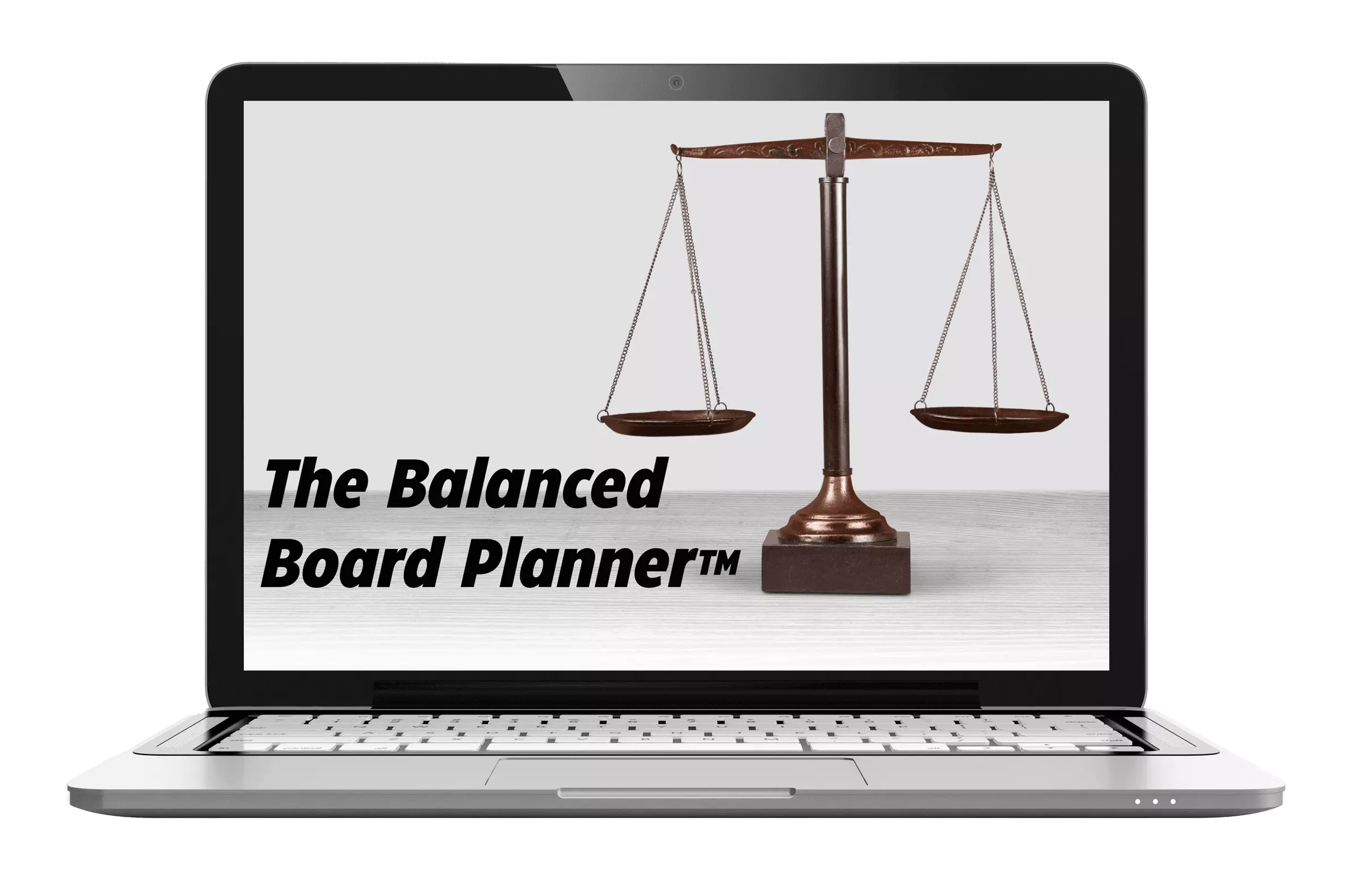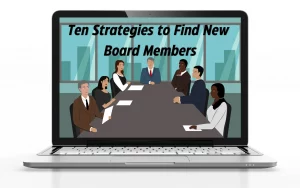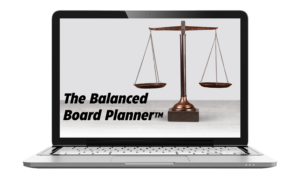The Importance of Board Succession Planning
Board succession planning is incredibly important for any organization with a board of directors. It is vital to create a formal plan to know when turnover is going to occur. This way, you have people ready to step in when a spot opens up on the board.
However, a lot of people think that they don’t have to develop a formal board succession plan since they have one “built in” with term and age limits. While term and age limits are good practices, these people are entirely missing the point! Partly because some people don’t stay on the board their entire term or until they reach the age limit. But they are also missing a ton of important aspects that need to be in a formal succession plan.
The Seven Steps
While putting together a full succession plan may seem daunting, I have broken it down into seven steps that you can work through to put together your full plan.
- Assess your organization. Take a deeper look at your organization and ask yourself some questions. For example, what type of organization is it? What are you going to be looking for on your board? What expertises do you need a board member to have in order for your board to be successful? Really analyzing your organization is an important first step.
- Create competencies that you want represented on your board. You should develop a list of critical competencies (abilities that are needed on your board) and a list of desirable competencies (skills that you would like represented on your board but aren’t necessary). The full board should be involved in this part of the process.
- Assess your current board members on the competencies that you selected in the previous step. Take a look at if your current board members have these competencies and at what level of expertise they have them at (no knowledge, basic, advanced or expert). Knowing how each board member ranks on each competency is important in the succession planning process so you know where you will have competency gaps when a person leaves the board.
- Develop a process so you can anticipate when departures are going to take place. Again, not everyone will stay on the board for their entire term or until they reach the age limit. Things come up, and people decide to leave the board and if you aren’t prepared for that departure you will have an opening on your board.
- Create a recruitment plan. Now that you know what competencies you are looking for and when people may be leaving your board, you can see where the competency gaps will be when those people leave. Then you can create recruitment plans focused on finding people to fill those competency gaps.
- Assign the remaining board succession planning process to a special committee. As mentioned before, the full board should be involved in putting together the initial plan. Doing things like assessing the organization, determining competencies, and anticipating departures. But, when it comes to keeping the plan updated that should all be assigned to a special committee. The committee could be a board governance committee, a board development committee, a board nominating committee, or even your executive committee.
- Complete this process on a regular basis. It is important to keep your plan constantly updated. Don’t just revisit your plan when people are leaving! One of the most important factors about doing a board succession plan is that you can anticipate turnover! Keeping your plan updated will ensure that you have the right people ready when a board seat opens up.

Download The Balanced Board Planner™
Make Sure your Board is Ready!
Download our comprehensive guide to board succession planning. This planner outlines examples of board turnover issues, explains the board contribution curve, and provides a checklist to ensure your board is always balanced.



Pingback: A Success Story on Board Succession Planning - SUCCESSIONapp
Pingback: A Success Story on Board Succession Planning! - SUCCESSIONapp
Pingback: It's One Side Against the Other - SUCCESSIONapp
Comments are closed.